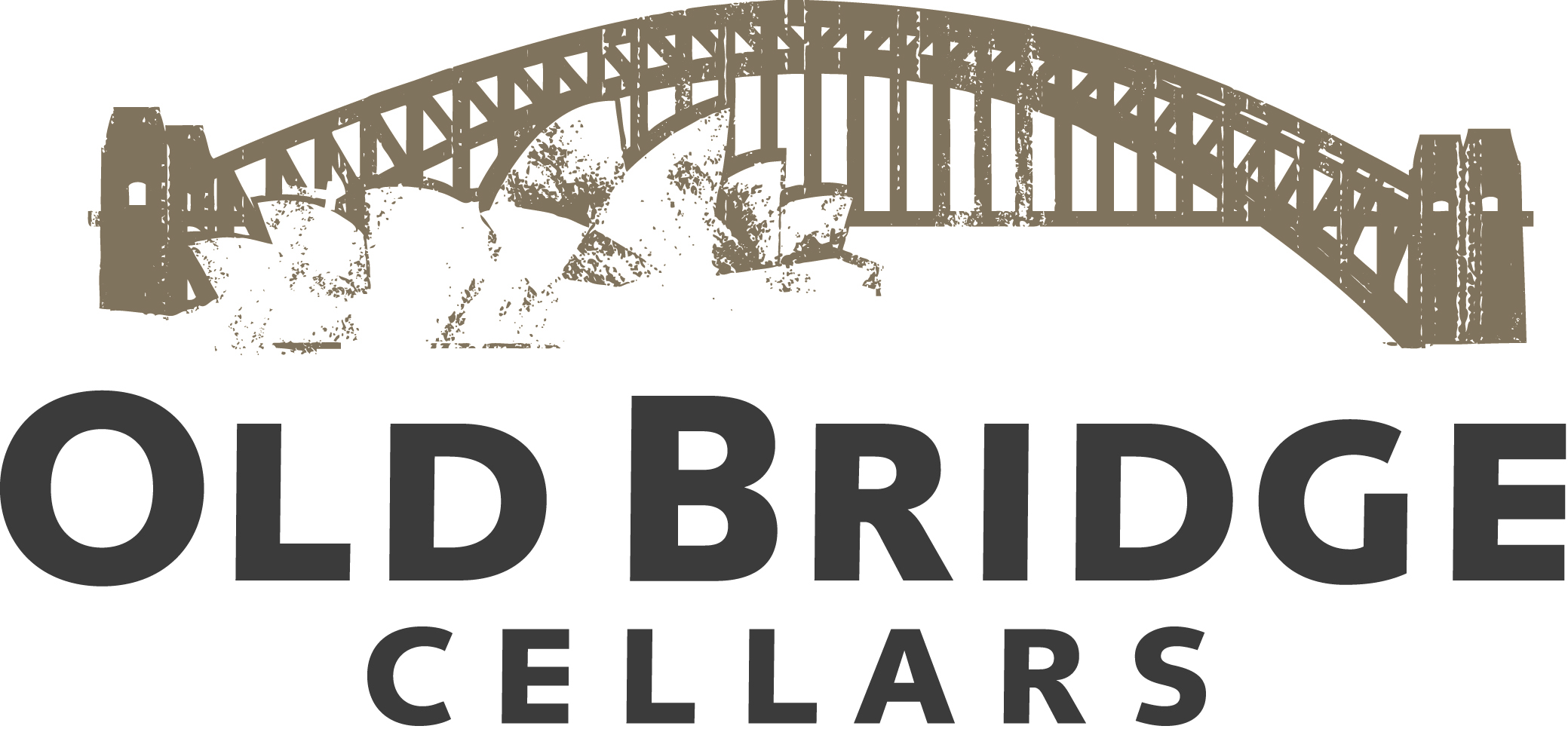Upwardly Mobile
Wine Spectator
August, 2017
by MaryAnn Worobiec
Earlier this year, a group of scientists identified an eighth continent lying beneath New Zealand: Zealandia. Too bad this landmass is almost entirely submerged, because if Kiwi vintners could plant vines on it, it would help them meet the increasing thirst for their wines.
The U.S. has become New Zealand’s top foreign market. In fact, New Zealand Sauvignon Blanc, the country’s signature grape, is so popular here that these whites have become the second most imported varietal wine in the U.S., behind only Italian Pinot Grigio. And New Zealand wines overall have jumped into third place (behind France and Italy); currently almost 5 million cases are sold here. These statistics are all the more remarkable given the fact that New Zealand makes less than 1 percent of the world’s wine.
Since last year’s report (“Catching Fire,” Oct. 31, 2016), I’ve reviewed more than 350 Kiwi wines in Wine Spectator’s Napa office, nearly half of them Sauvignon Blancs. Given their increased availability, it’s important to note that New Zealand Sauvignon Blancs have been moving in two different directions: consistent values and more nuanced, expressive versions.
The Sauvignon Blancs in this report with the largest number of cases imported-bottlings from Yealands, Kono, Nobilo and Kim Crawford-all scored 86 to 90 points on Wine Spectator’s 100-point scale, indicating that these crisp, affordable wines are also reliably of high quality. Kim Crawford is by far the most widely available: It’s an 89-point, $18 wine with more than 1 million cases to go around.
But worth seeking out are some Sauvignon Blancs from winemakers who are trying to coax more complexity from the grape. These wines have slightly higher price tags and can be harder to find, but for good reasons-limited yields, hand-harvesting, wild-yeast fermentation and sometimes fermenting or aging in oak. The resulting wines are aromatic, floral, richly textured and expressive. Saint Clair, Craggy Range, Astrolabe, Dog Point and Greywacke are all brands that exemplify the best of this category. Cloudy Bay’s Te Koko bottling is another standout.
As winemakers look to elevate their Sauvignon Blancs, some are exploring the nuances of terroir, both with single-vineyard bottlings and by paying more attention to the three distinct subregions that make up Marlborough. Wairau Valley is based around an old riverbed, with gravelly soils, yielding wines with bright aromas and ripe flavors. The Awatere Valley, separated from the rest of Marlborough by a mountain range, is much cooler and closer to the ocean. It’s known for brighter citrus, a distinct roasted herb note and the occasional minerally, saline accent. The Southern Valleys tend to have more clay soils, and the Sauvignon Blancs are typically richer. More labels are declaring their region (or regions, if they are a blend) of origin. The names may not be familiar yet, but winemakers are confident such details matter.
Even though Sauvignon Blanc accounts for a large majority of the country’s exports, the top-scoring wines in this year’s report are from New Zealand’s signature red, Pinot Noir. Plantings are on the rise, but even with a 38 percent jump from 2015 to 2016, Pinot Noir still represents less than 10 percent of the country’s total wine production.
The best New Zealand Pinots are world-class, and three examples earned classic scores (95 to 100 points) this year. Overall the wines showcase cool climate freshness and verve, but as is typical with Pinot Noir, regional differences shine through. Pinots from Central Otago, at the southern tip of the South Island, tend to be flashy, with dark fruit flavors, while Martinborough’s are known for muscular tannins and earthy nuances. Marlborough Pinots lean toward bright red fruit flavors. As with Sauvignon Blancs, more Pinot Noirs are being identified by vineyard names or subregions where the wines were grown.
There are other strengths in the Kiwi lineup, though they are harder to find: Hawkes Bay Syrahs, Kumeu Chardonnays, sparkling wines from Central Otago. A couple of years ago, there was a strong sense that New Zealand winemakers were experimenting with aromatic whites in “what-if” scenarios should the U.S. market cool on their Sauvignon Blancs. Because that doesn’t appear to be happening anytime soon, there were fewer Pinot Gris and Rieslings in this year’s report.
With New Zealand’s success comes the need for vintners to protect their brand. Geographical Indications (GIs) are in the works-a way to internationally recognize the uniqueness of New Zealand wines and protect their reputation. Some Marlborough vintners are proposing that wines that say “Marlborough” should be required to be sourced 100 percent from the region (the current standard is 85 percent) and perhaps be held to yield restrictions. Kiwi vintners are also looking into anti-counterfeiting technology to fight Chinese knockoffs. All of the momentum is good news for U.S. consumers. New Zealand wines are affordable, reliable, distinctive and mostly easy to find. And the more serious examples demand a second look.
